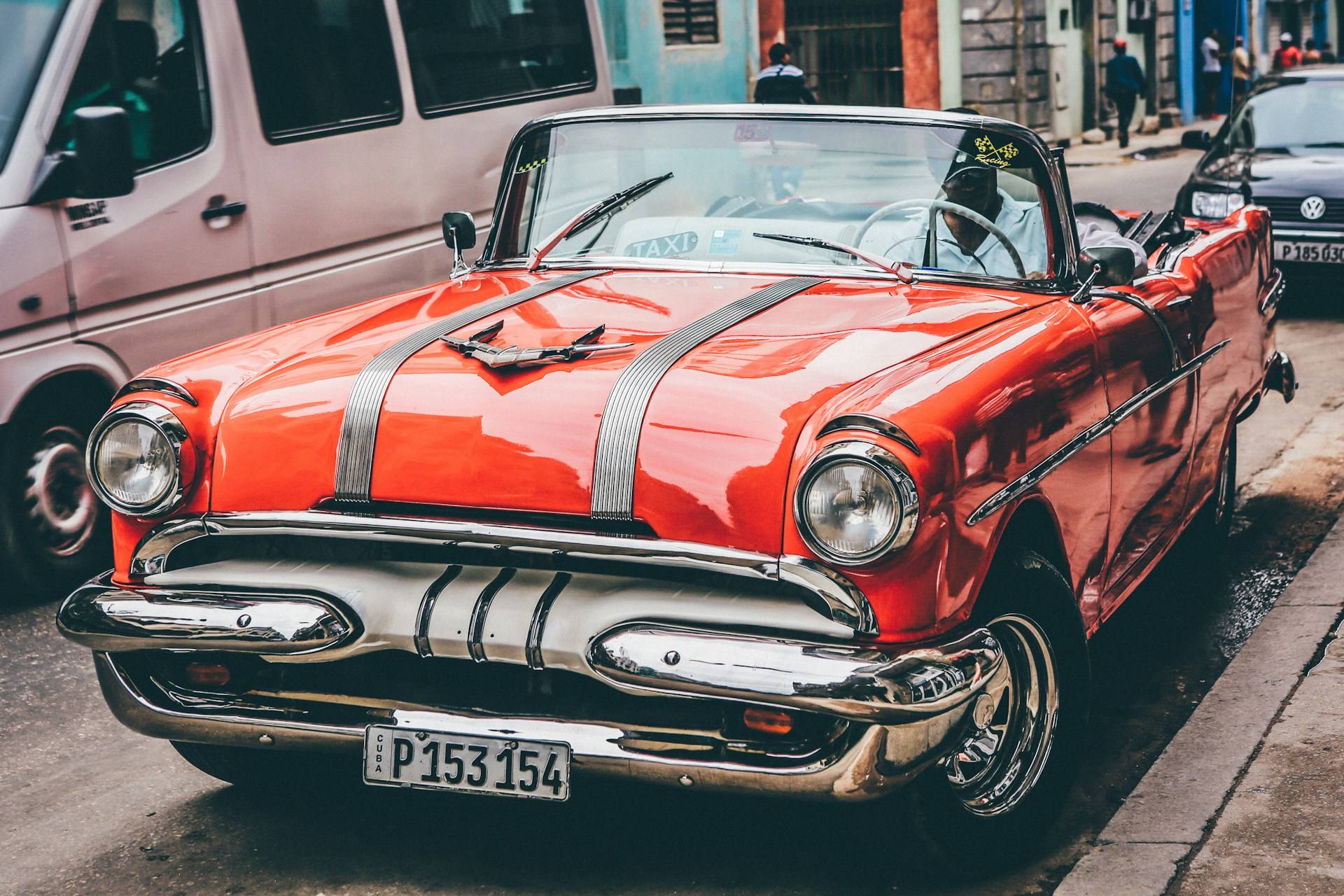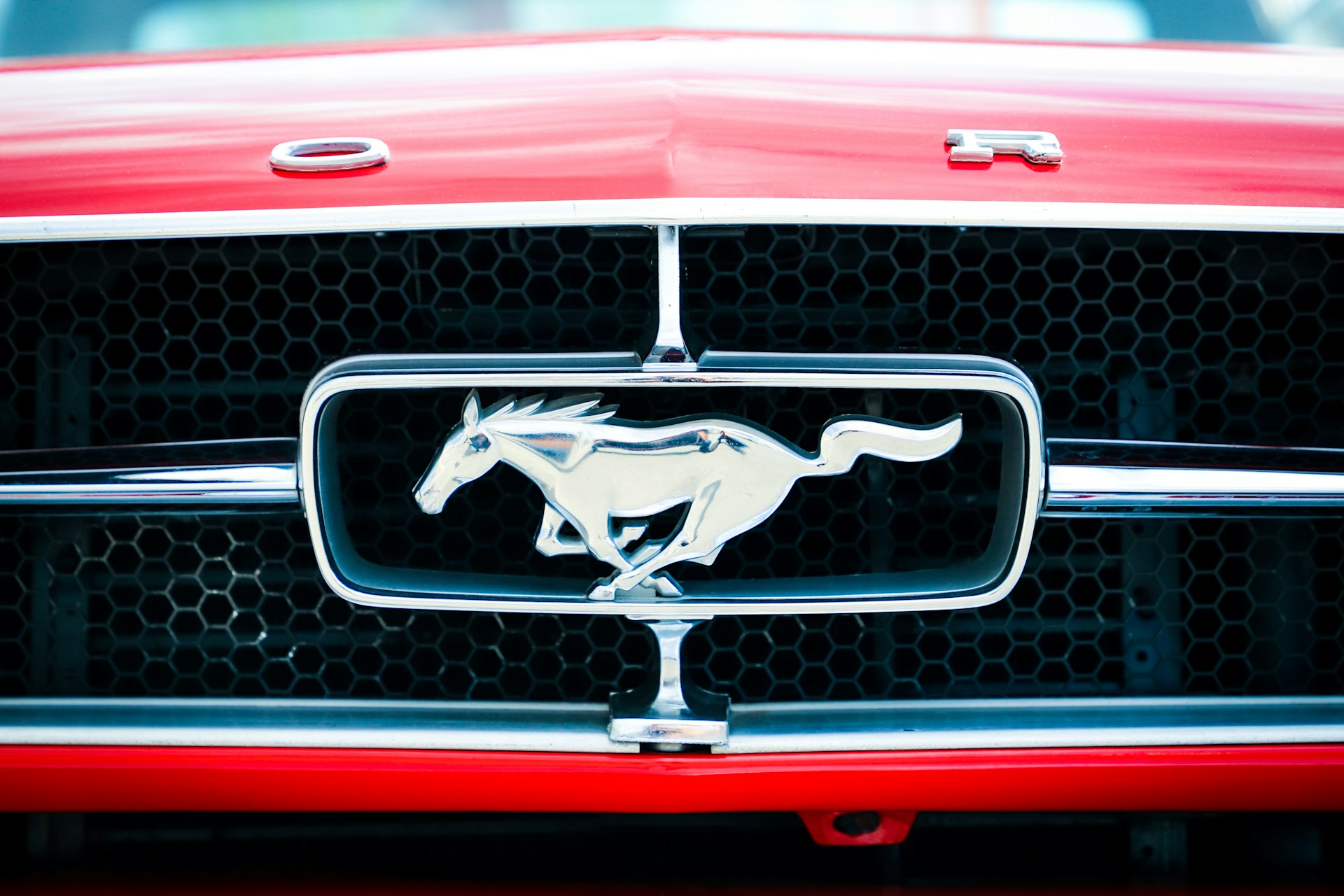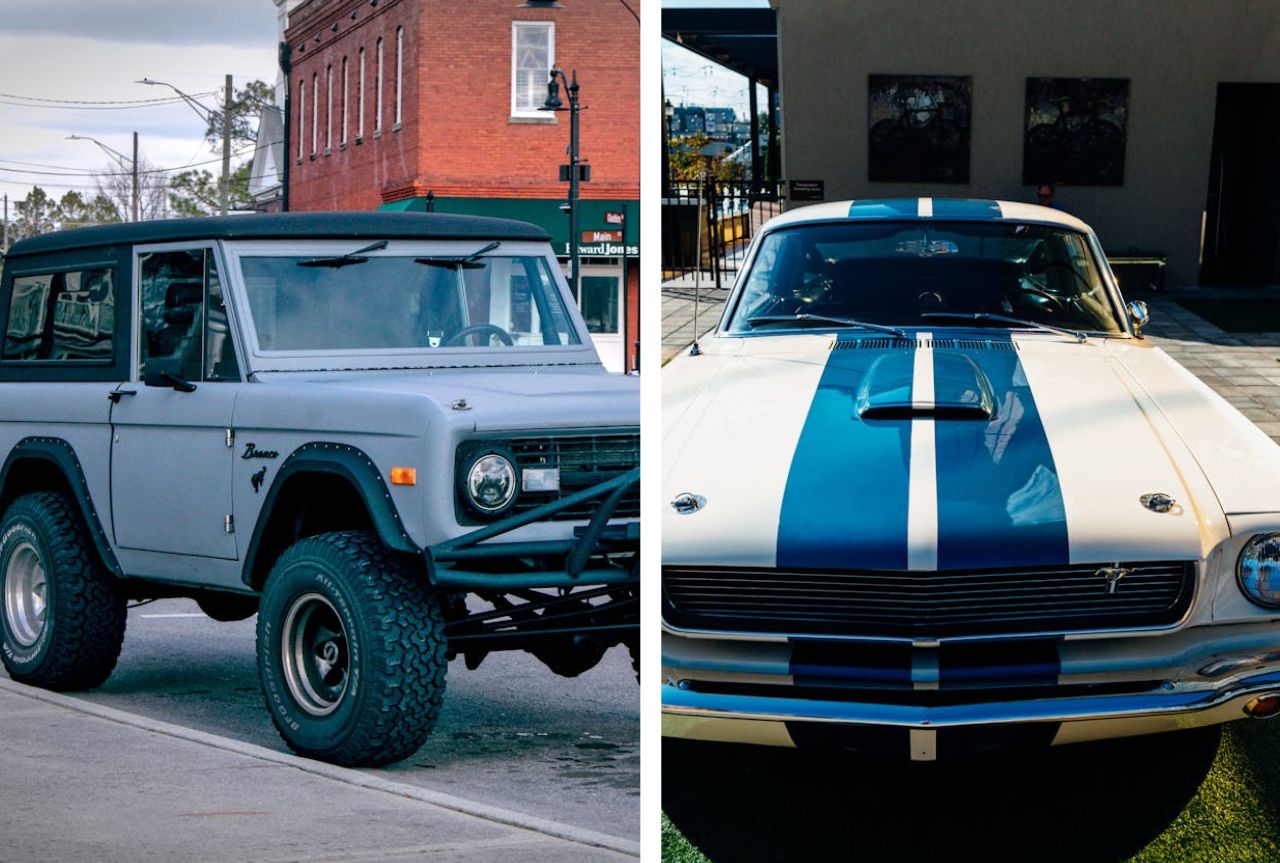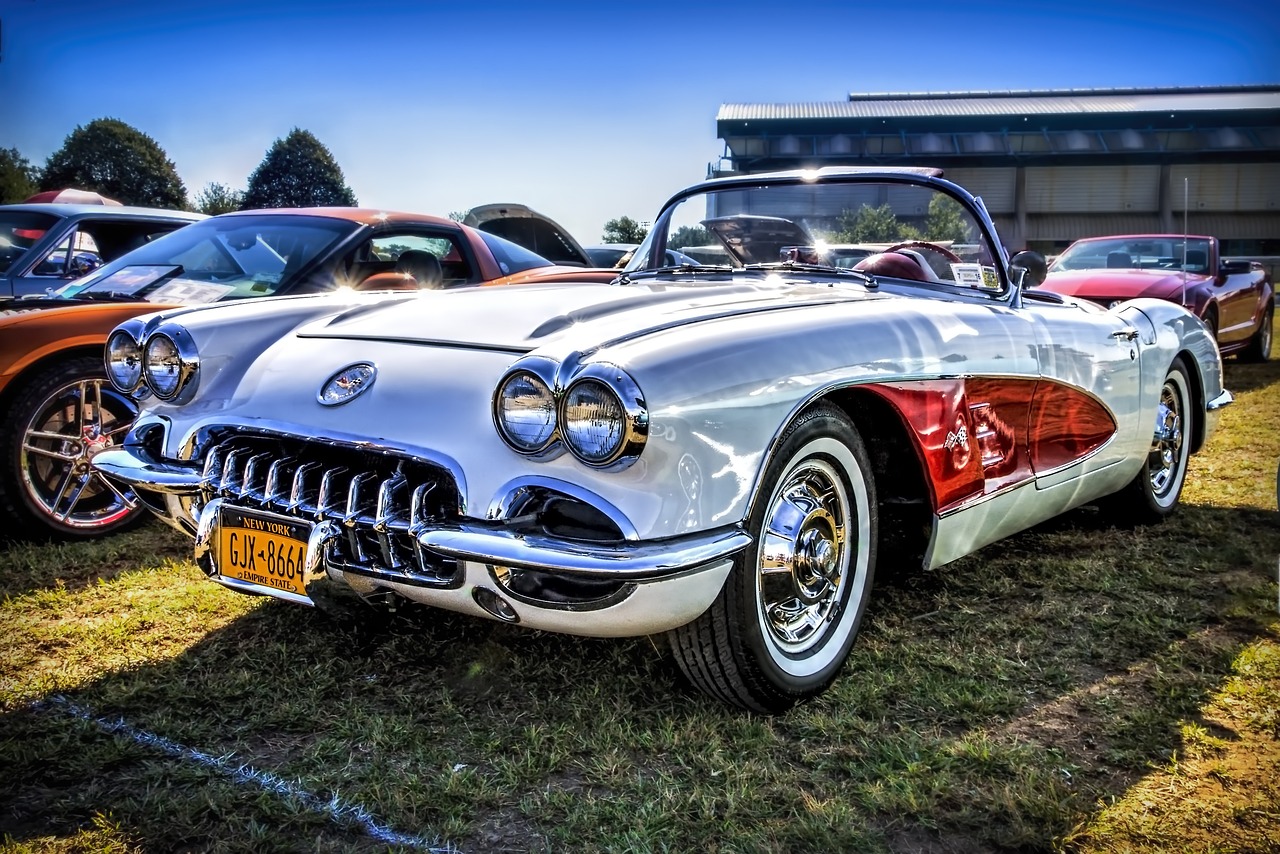Cuba’s streets are like a moving museum, full of old American cars from the 1950s. These old vehicles, lovingly kept and still running after decades, are a tribute to Cuban innovation and endurance.
The origins of Cuba’s automotive culture
The story begins in the 1950s when Cuba was a famous American tourist destination. Havana became a showcase for American car design, as wealthy visitors and locals purchased the latest Detroit models.

But things changed in 1959. The Cuban Revolution, led by Fidel Castro, changed the island nation significantly. In 1962, the United States established a trade embargo, which was highly significant. The economic blockade restricted Cuba’s access to new American autos and parts.
Cubans found themselves in a unique circumstance. They needed to replace their fleet of old American cars. What appeared to be a challenge evolved into an opportunity for Cuban innovation and resourcefulness.
Keeping classics alive
Cubans learned to innovate when they couldn’t acquire original parts for their autos. They acquired a skill for keeping these ancient automobiles functioning with whatever materials they could find.
Some of their answers are very innovative:
- Using Soviet-era engines instead of original American ones.
- Making parts from scratch in tiny workshops.
- Adapting parts from other cars or even household appliances.
The DIY culture has become a source of pride for many Cubans. A 1955 Chevy may have a homemade diesel engine or hand-formed body panels.
More than just cars

These vintage autos are more than just modes of transportation. They have become a symbol of Cuban identity and a popular tourist attraction. Visitors from all over the world travel to Cuba merely to witness these moving treasures.
For many Cuban families, these vehicles are priceless relics. Traditionally, these vehicles are passed down through generations, with each owner adding their unique Cuban flair.
The Changing Landscape
Cuba has relaxed several import prohibitions. New autos are slowly making their way to the island. However, I don’t anticipate the classics will disappear anytime soon.
Many Cubans still like their antique vehicles. These cars have become a symbol of Cuba’s history and perseverance, contributing to its national identity.
A Ride Across History
Riding in one of these historic cars is like going back in time. The chrome elements shine in the Caribbean sun, while the rounded fenders reflect a bygone age of automotive design.
But it’s more than just nostalgia. These cars embody the Cuban attitude of adaptability, resourcefulness, and perseverance, even while facing challenges.
Lessons from Cuba’s Car Culture
Cuba’s vintage vehicle scene teaches vital lessons:
- Resourcefulness trumps resources. With restricted access to components, Cubans have demonstrated that innovation and determination can keep even the oldest vehicles operating.
- Preservation by necessity: What began as a necessity has evolved into a distinct cultural phenomenon, preserving a piece of automobile history.
- Adaptation is essential: Cuban mechanics have honed their ability to adapt and improvise, which is useful in various situations.
- These cars aren’t flawless museum treasures. Their weathered interiors and mismatched pieces convey a story of perseverance and creativity.
The Human Side of Cuba’s Car Culture
Every vintage car in Cuba has its tale. Cuban life revolves around vehicles, from taxi drivers who take pride in their family’s 1957 Chevy to mechanics who use discarded parts to restore engines.

These time capsules serve a purpose beyond mere display. They are daily drivers and workhorses, transporting families and goods and serving as taxis for visitors and residents.
A unique automobile ecology
Cuba’s vintage vehicle scene has produced a distinct automotive ecology. Specialized technicians, parts fabricators, and painters who create special details have emerged to support these historic vehicles.
This micro-economy adds to Cuba’s already complex economic landscape. This is a perfect example of how necessity drives ingenuity.
The environmental angle
These vintage cars are lovely but not environmentally friendly. Older, inefficient engines consume fuel and emit pollution.
Balancing the cultural value of cars with environmental concerns will challenge Cuba’s future. Some owners are experimenting with electric conversions, combining vintage design with modern, clean technology.
Vintage automobiles as a bridge
Cuba’s vintage automobiles connect the past and present. They are a visible link to pre-revolutionary Cuba, a reminder of the country’s complicated relationship with the United States, and a representation of how Cubans have adapted to difficult circumstances.
Cars also function as cultural bridges. They fascinate visitors, fostering conversations and ties between Cubans and tourists from all over the world.
The artistry of necessity
Cubans have skillfully maintained their automobiles. Each car, with hand-painted pinstripes and tastefully upholstered interiors, reflects the owner’s personality and the Cuban culture.
This combination of preservation and reinvention is uniquely Cuban. It depicts a society that honors its past while adjusting to new circumstances.
Final Remarks
As Cuba evolves, the destiny of its vintage vehicles remains unknown. Will they continue to be a significant part of Cuban culture, or will they be replaced by more modern cars?
Whatever happens, these cars have already earned their place in history. These cars serve as museums, time machines, and testaments to human ingenuity, beyond merely transportation.
Cuba’s vintage cars are more than just a unique tourist attraction. These structures reflect Cuban history, demonstrating the country’s resilience in the face of adversity.
When we look at these lovely old cars, we don’t simply see relics of the past. We are witnessing living history, constant innovation, and the steadfast spirit of a proud and strong people.








Leave a Comment